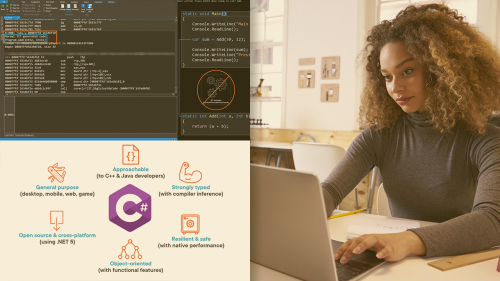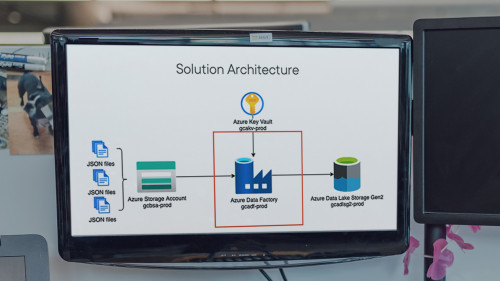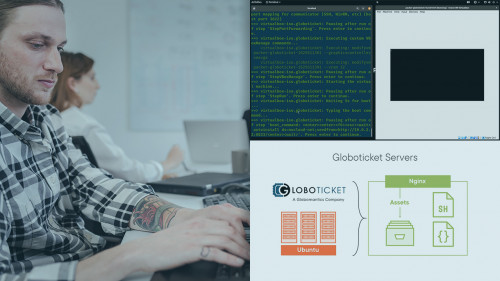
PluralSight – C Sharp-the Big Picture Bookware-KNiSO
English | Size: 123.29 MB
Category: C#
C# is one of the most popular programming languages in the world

PluralSight – C Sharp-the Big Picture Bookware-KNiSO
English | Size: 123.29 MB
Category: C#

PluralSight – Flutter-getting Started Updated 20210729 Bookware-KNiSO
English | Size: 495.55 MB
Category: Flutter

PluralSight – Implementing Data Storage With Azure Data Lake Bookware-KNiSO
English | Size: 145.24 MB
Category: Azure

PluralSight – Advanced Declarative Automation In Salesforce Bookware-KNiSO
English | Size: 263.73 MB
Category: Business

PluralSight – Getting Started With Hashicorp Packer Bookware-KNiSO
English | Size: 170.97 MB
Category: AWS